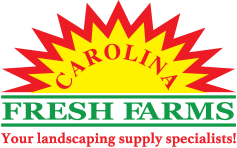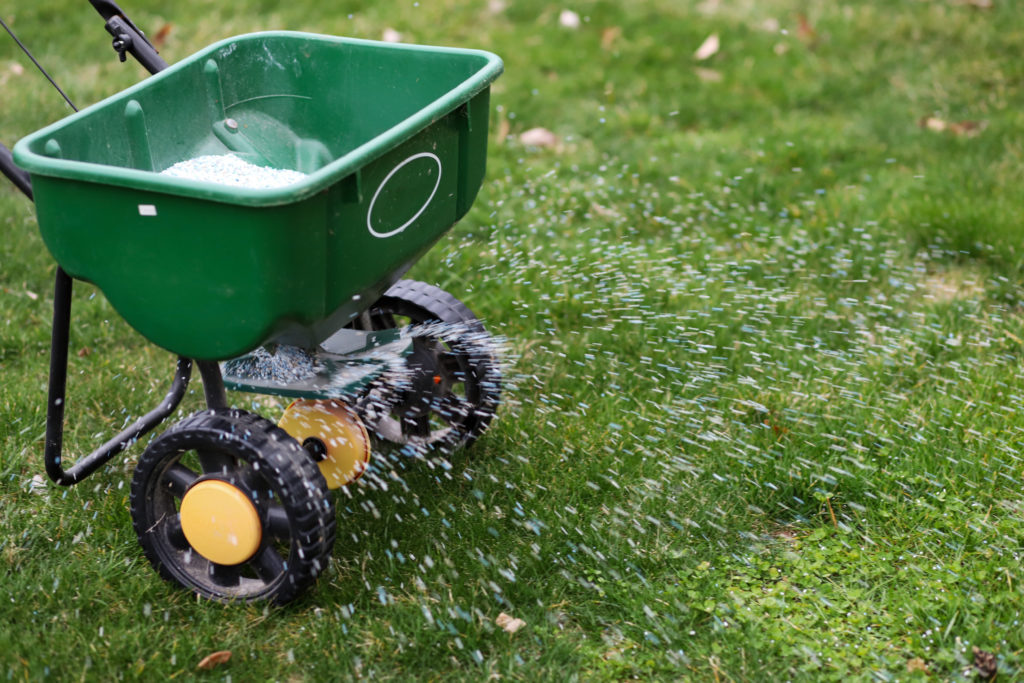
One of the most commonly used outdoor tools for lawns and gardens is a broadcast granular spreader that you pour granular product into so that you can evenly distribute it across your yard. Examples of various products include granular fertilizers, granular fungicides, granular insecticides, granular herbicides or even seed. A spreader is a helpful tool because it evenly distributes product at multiple different rates to match the application instructions on the back of the bag of product.
For example, you may have a 43 lb. bag of granular fertilizer that’s hard to lift and covers 15,000 sq. ft. There’s not a very practical way to apply this amount of fertilizer over large areas of a lawn without the use of a broadcast spreader. The application instructions on the product bag may say to apply 2.86 lbs. of product per 1,000 sq. ft.—so if you have a 4,000 sq. ft. yard, apply 11.44 lbs. of product. This tells you how much of the product you need to pour into the broadcast spreader. When using a broadcast spreader, there are a few important tips for you to consider. First, be sure to always load the broadcast spreader with granular product in the driveway instead of the yard. The reason for this is to eliminate the chances of a spill onto the grass; the concentrated product of a spill may burn the grass. On the other hand, if product is spilled onto the concrete, it can easily be swept up to reduce waste and avoid burning the grass. You can also pour it right back into the spreader and reduce product waste.
Next, you will want to set the flow rate on the broadcast spreader. Most bags of product list a broadcast spreader flow rate, such as a 3 ½ , on the product label located on the back of the product. You will then set the broadcast spreader’s flow rate at the specified number. Be sure your spreader’s flow rate is turned off at a “zero” if the settings have this number available so product doesn’t fall through the spreader before you’ve started applying it.
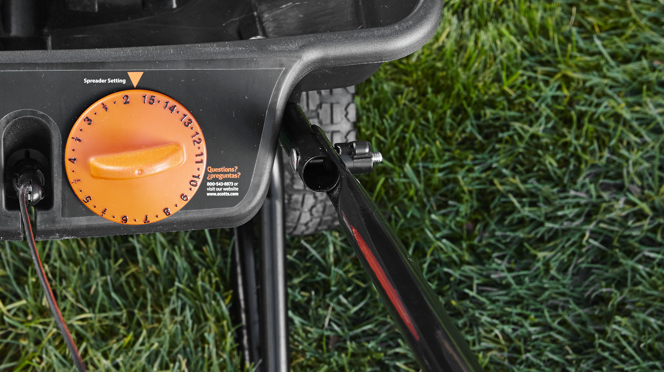
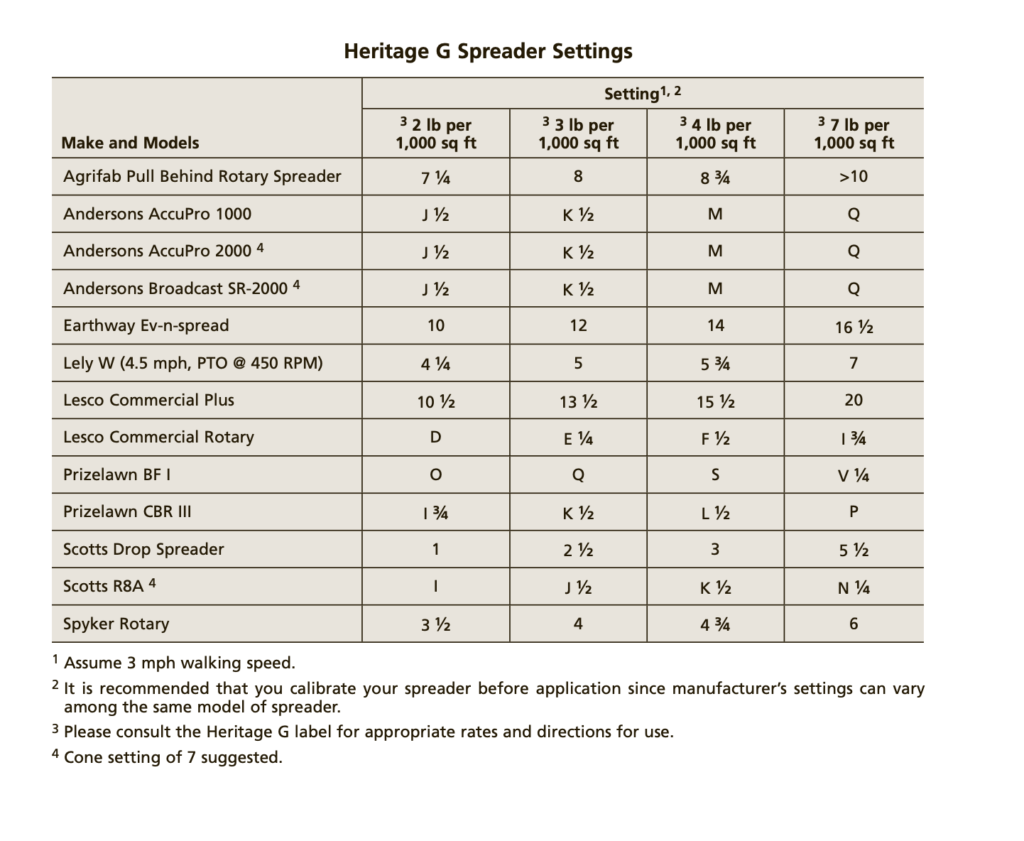
When you begin to apply the product, you can switch the flow rate on the spreader up to the specified number on the back of the product bag. A good tip for when you start applying the product is to make a “buffer-zone” by applying product on opposite sides of the area you want to apply to. That way you can go back and fill in the empty areas between those two buffer-zones easily. When you come across something in the middle of your yard like a tree, shrubs, light post, transformer box, etc., turn the spreader’s flow rate back to zero and switch it back on when you’ve gotten around the object. Application around beds may be the trickiest part of using a broadcast spreader. When applying pre-emergent herbicides, avoiding beds is not as much of an issue—it is okay for the product to get into the beds. Fertilizers, in contrast, should be applied to the yard in a pattern far enough from beds so that they are not negatively affected.
Like vacuuming or mowing, you will want to line the spreader up with the line marks you’ve already created as you cover your yard to ensure an even coverage. When applying a product with a broadcast spreader, it is important to do so in a methodical pattern to ensure that the entire surface is covered with minimal overlap. At the end of each turn, be sure to switch the unit off to avoid spots of excess. While a little bit of overlap is okay, it is best to limit it as much as possible.
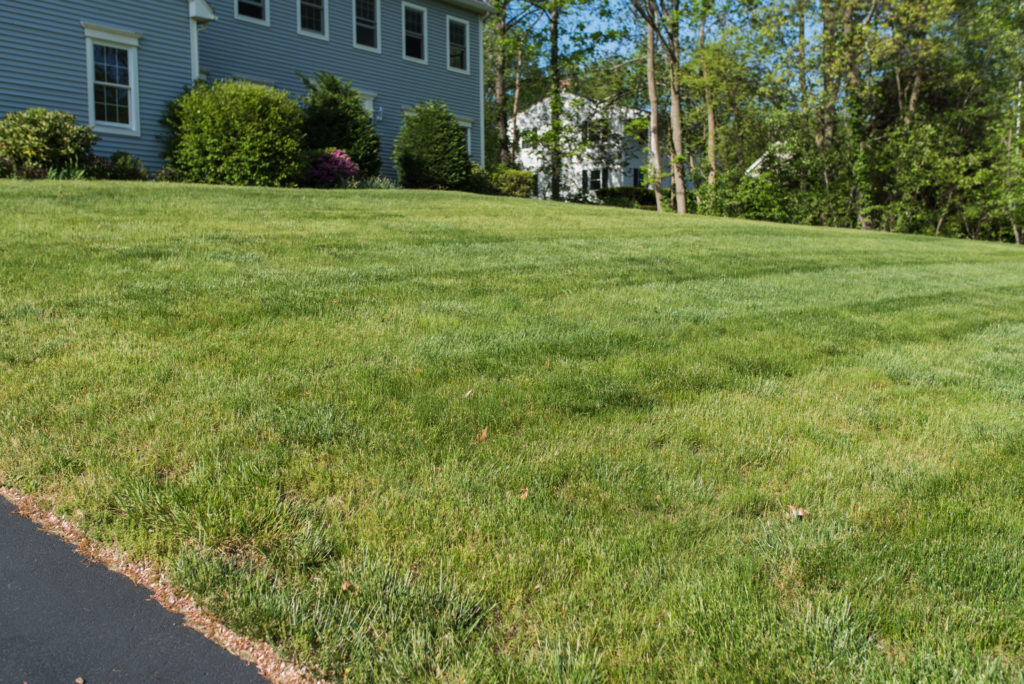
Once you have finished, empty any remaining product back into the bag it came from and make sure it is stored somewhere safe and dry. Wash your spreader out with water and dry it so that future applications of product don’t mix with something you’ve applied previously. Open the spreader’s flow rate back up so it can air out.
This easy to use and relatively inexpensive piece of yard equipment works to evenly distribute granular products for the most optimal results. When compared to by-hand application, broadcast spreaders are overall more efficient and effective. Be sure to checkout your local Carolina Fresh Farms store here: https://carolinafreshfarms.com/locations/ or contact us for more information.
